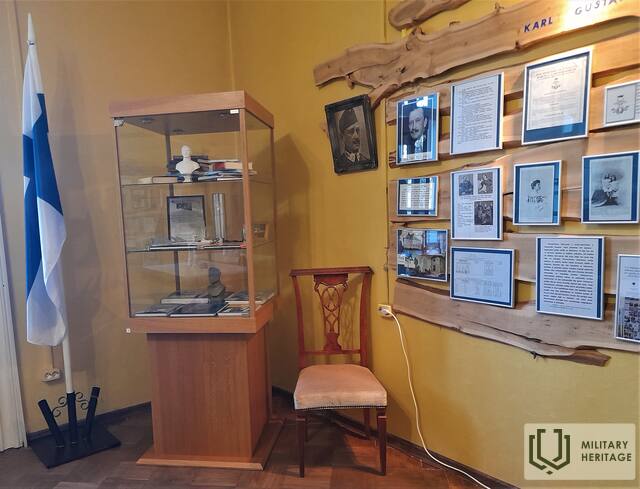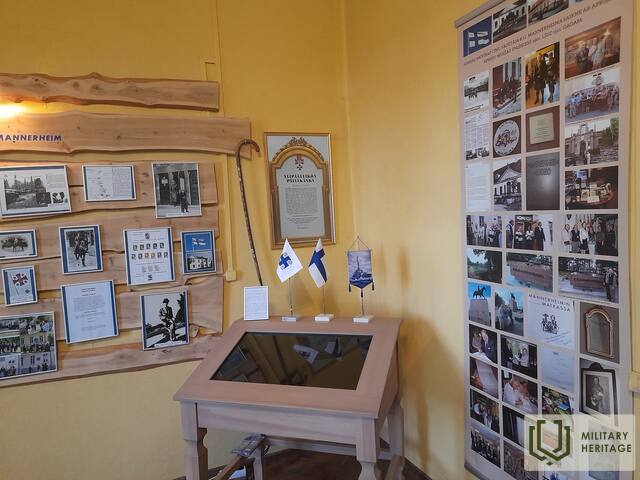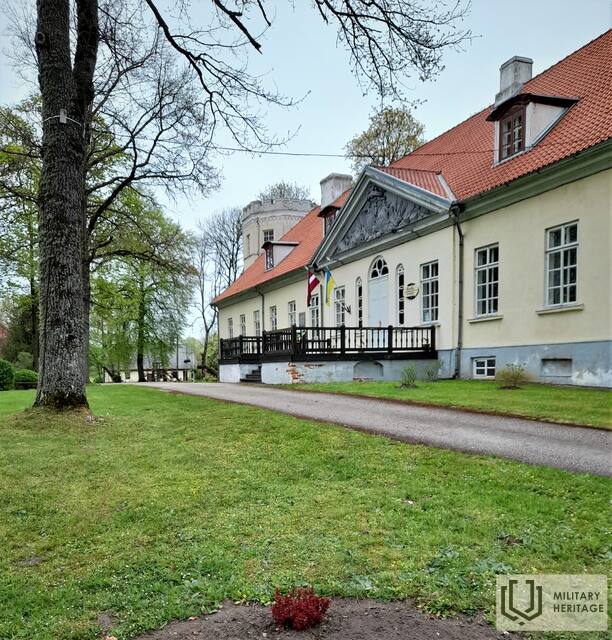Apriki Museum Collections and Red Partisan Activity Areas
Museum

The Apriķi manor house houses the Apriķu Museum, whose exhibits tell about the ancient history of the region. The museum exhibits an exposition about the Finnish military figure Karl Gustav Mannerheim - 175 museum items, the interactive stand "KGMannerheim and Apriķi" (in three languages - Latvian, English and Finnish) with 6 sections - about the Apriķi manor, about KGMannerheim as a commander in the Winter War, as the freedom of Finland the leader of the battles and about his connection with the Aprikais.
The museum also displays World War II items with symbols of the German and Red Army, as well as a map - the areas of activity of the Red Partisans) and descriptions of the Red Partisans.
The Baroque ensemble of the Aprikku manor (Apprikken) building was formed by the Alokste River in the 18th century. at first. 20th century in the beginning, the owner of the manor is Carl Gustav Mannerheim, who later became the president of Finland, and is known as the author of the legendary Mannerheim line - the fortification system during the Winter War.
Used sources and references:
Aprikū Manor – Museum | VISIT AIZPUTE
https://visitaizpute.lv/place/apriku-muiza-muzejs/
Related stories
Battle of the Finnish Volunteer Regiment "Northern Boys" in Beja
On February 23, 1919, a reconnaissance unit of the Finnish volunteer regiment "Boys of the North", hoping to obtain additional weapons and ammunition, arrived at the Beja School ravine, where a clash with the Bolsheviks took place (Battle of Babecka). 10 soldiers of the Finnish regiment fell in this battle.
About Finnish Jaegers in Latvia
The history of the Finnish Jaegers is interesting because it is extremely similar to the fate of Latvian soldiers in World War I and their great importance in the creation of a national state. For the Finns, World War I was also an opportunity to lay the foundations for Finnish independence and the creation of its army. The source describes the event when a monument to the Finnish Jaegers is unveiled in Latvia.
Consecration of the Finnish Jaeger flag at Liepāja Holy Trinity Cathedral
The first flag of the Independent Finland was consecrated in 1918 in Liepaja, at the Holy Trinity Church, where the Finnish Jägers took an oath of allegiance to the legitimate government of Independent Finland before going home.
Description by Vilis Samsons of the Red Arrows battle with German police units on 7 March 1945
On 7 March 1945, the "Red Arrows" partisan camp was surrounded and attempted to be destroyed by German troops. Vilis Samsons, in his book published in 1974 by "Zinātne", Riga, describes the course of this battle

























